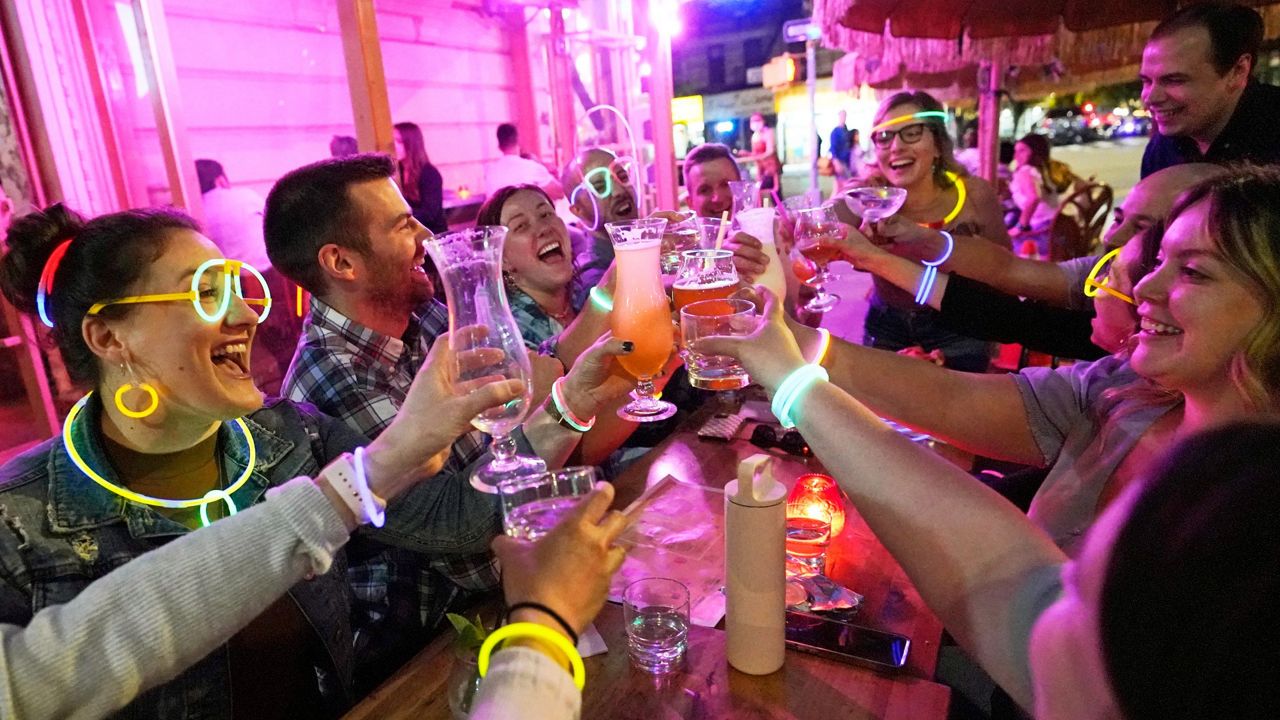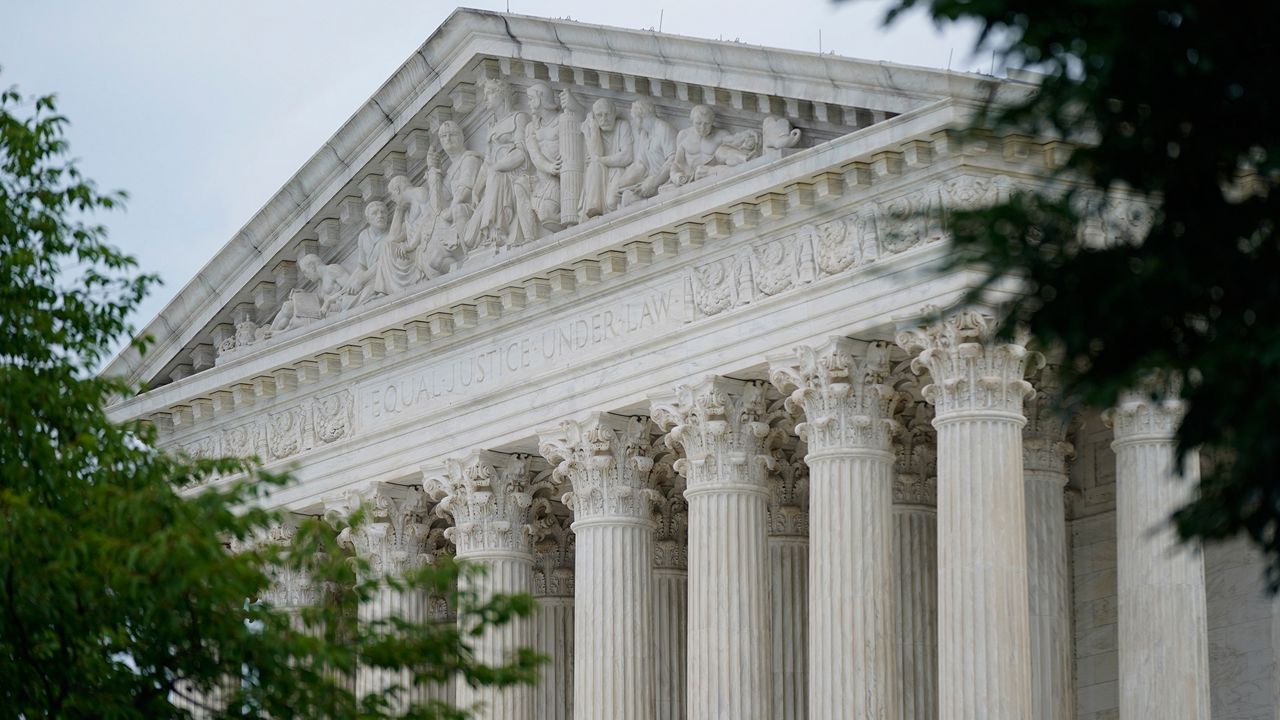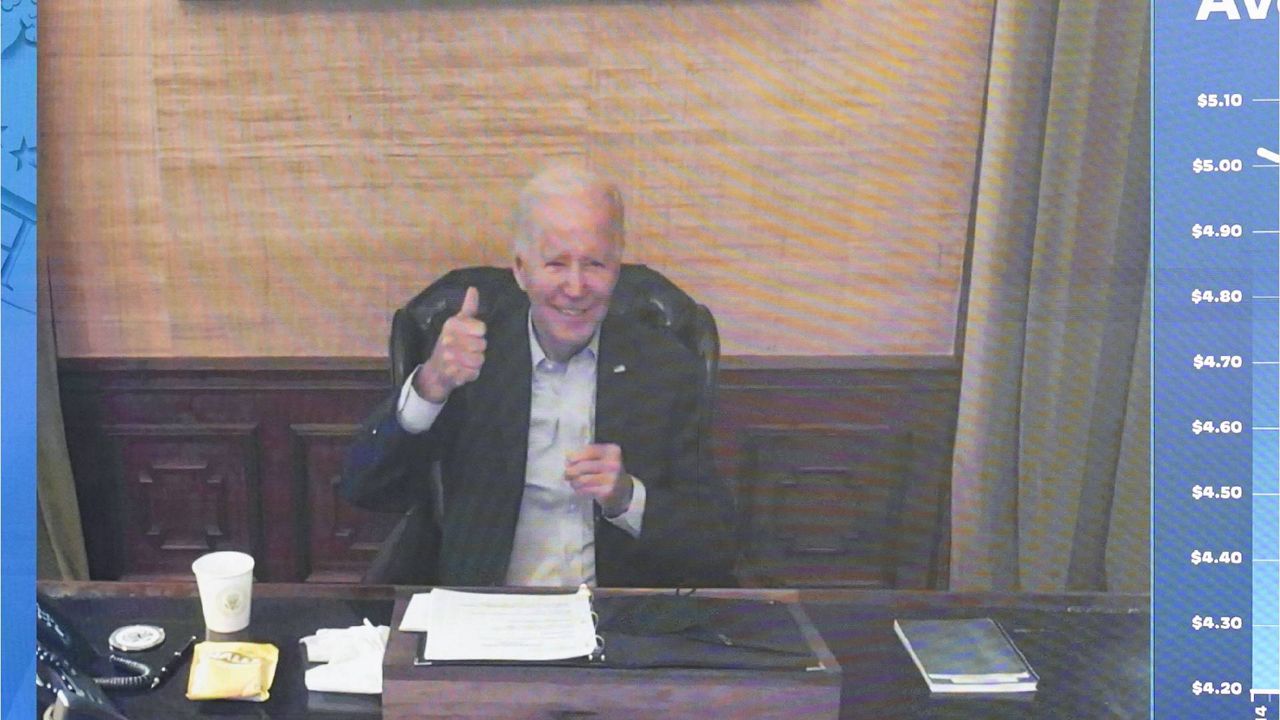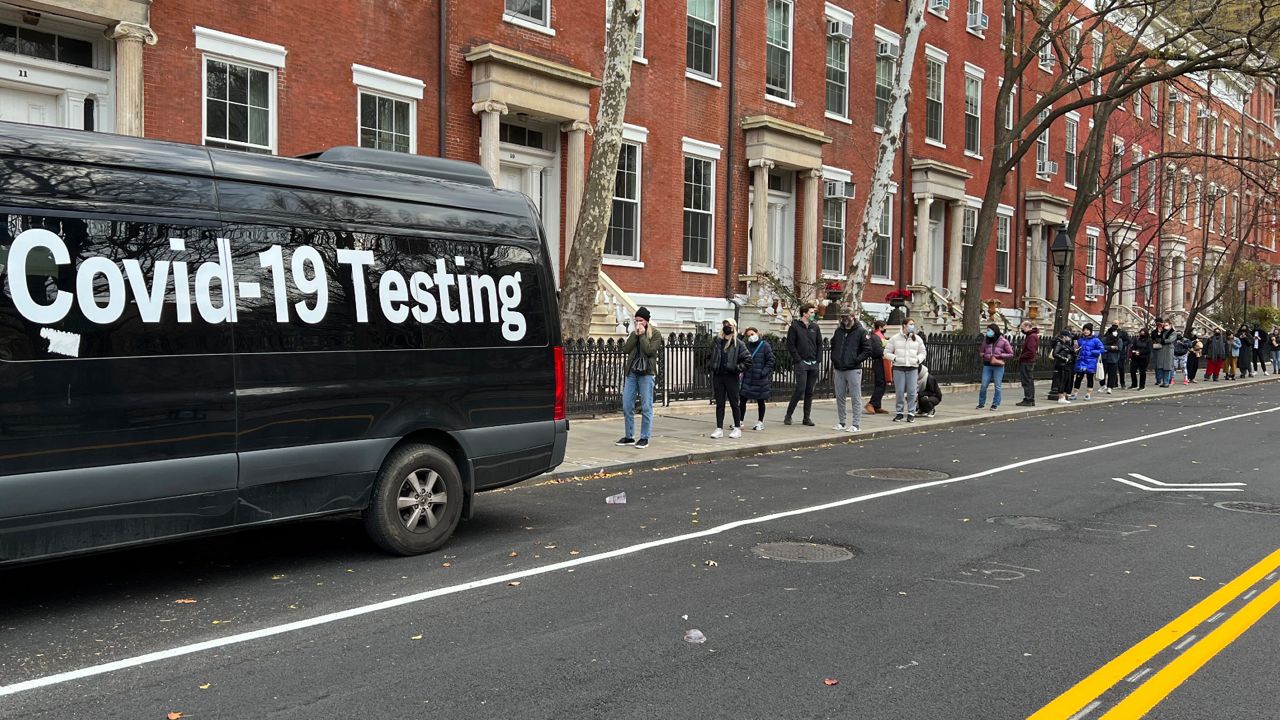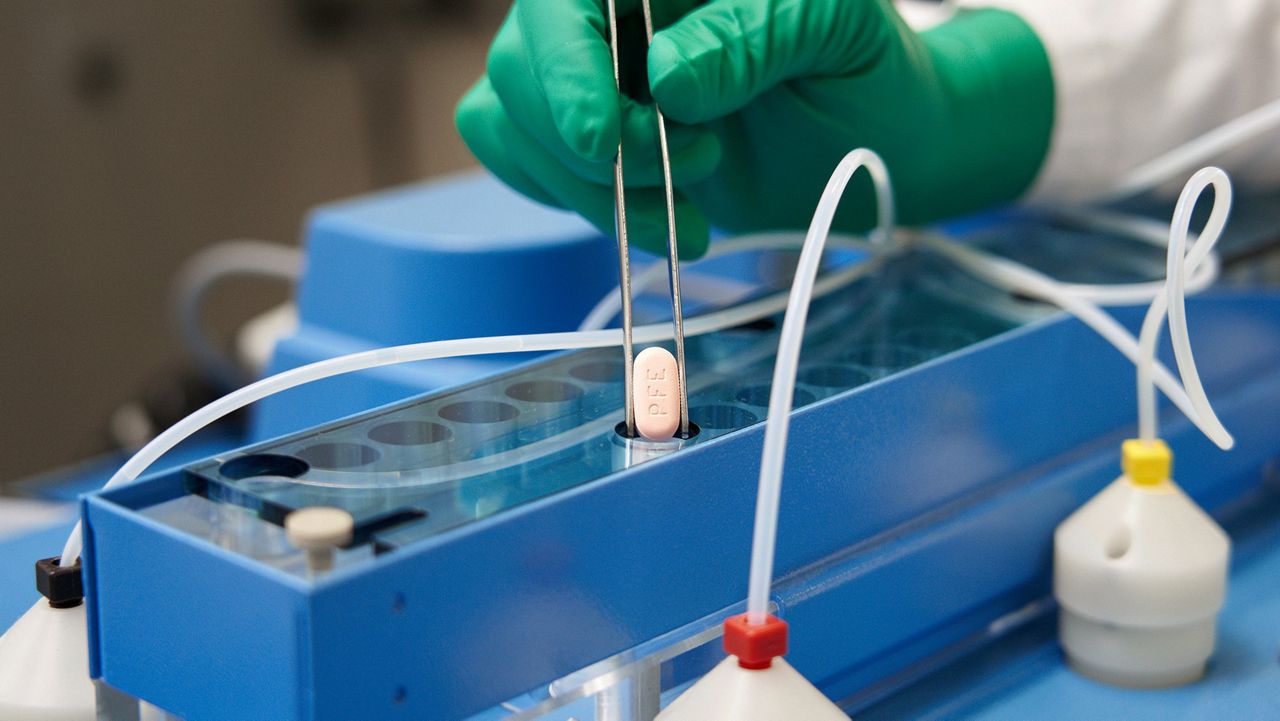NEW YORK — Now that 70% of adults in New York state have received at least one dose of the COVID-19 vaccine, almost all related restrictions on businesses, gatherings and masks can now be lifted, Gov. Andrew Cuomo announced Tuesday.
The news is a major boon for New York economically and culturally, but after adhering to ever-changing safety guidelines for about 15 months, many are unsure about what’s allowed and what isn’t under the new guidance.
So, if you’ve still got questions about COVID-19 restrictions going into the “Summer of New York,” we’ve got the answers.
Q: Exactly which restrictions have been lifted?
Capacity restrictions, social distancing rules, cleaning protocols, health screenings and contact tracing requirements will become optional for most places, including retail stores, restaurants, offices and gyms.
Q: Are these updates effective immediately?
They sure are.
Q: Does that mean I can be maskless when I go to the supermarket?
Not exactly. Individual businesses can decide which restrictions to lift or keep in place. The important part here is that private businesses, rather than the state, can now decide which restrictions and safety protocols they’ll adhere to.
Q: Where will COVID-19 restrictions remain in place, then?
A few places. The state's COVID-19 restrictions remain in effect for some large-scale indoor event venues that hold more than 5,000 attendees. Think the Barclays Center and Madison Square Garden.
However, it's unclear for how long venues will keep those restrictions, as New York's baseball teams, who play outdoors, have made moves to return to normal. The Mets on Wednesday evening announced Citi Field would return to full capacity, without any mask, vaccination, or negative COVID-19 test requirements, starting Monday. The Yankees also announced they would remove attendance capacity limits at home games starting Friday.
The state's health guidelines will stay in place, however, for pre-K to grade 12 schools, public transit, homeless shelters, correctional facilities, nursing homes, and health care settings, per Centers for Disease Control and Prevention (CDC) guidelines.
Q: Does this mean we don't have to worry about the virus anymore?
Not by a long shot. Fully vaccinated New Yorkers still need to wear masks in some instances. And while it’s true that getting vaccinated against COVID-19 affords you a great deal of protection against COVID-19 — particularly from severe illness and hospitalization — the fact remains that only about half of New York state’s total population is fully vaccinated and, in New York City, key indicators have plateaued in recent weeks.
In addition, there’s arguably a “Tale of Two Cities” when it comes to vaccinations, with New Yorkers who historically have lower access to health care not getting the vaccine at the same rates.
According to New York City:
- 70% of Black New York City residents have not received a first dose
- 61% of Hispanic/Latino New York City residents have not received a first dose
- Only 26% of Black New York City residents are fully vaccinated
- Only 33% of Hispanic/Latino New York City residents are fully vaccinated
- 63% of Black New York City adults (ages 18 and older) have not received a first dose
- 50% of Hispanic/Latino New York City adults have not received a first dose
- Only 32% of Black New York City adults are fully vaccinated
- Only 43% of Hispanic/Latino New York City adults are fully vaccinated
Some health experts suggest that the recovery from COVID-19 may take longer than expected and be uneven, with neighborhoods that lag in vaccinations seeing protracted cases and deaths.
Plus, scientists are wary of COVID-19 variants and the effectiveness of vaccines against them.
Q: What do restrictions being lifted mean for unvaccinated people?
Unvaccinated people still need to mask up and practice social distancing, in accordance with CDC guidance.
The good part is that it’s easier than ever to get a free COVID-19 vaccine in New York City.
Q: When will the remaining restrictions be lifted?
While the governor has not offered an exact date thus far, his administration has repeatedly emphasized that the state’s COVID-19 safety guidelines change based upon the latest coronavirus indicators, like seven-day positivity rates and vaccination rates. The good news is that even though those key indicators have plateaued recently, they are still in much better shape than they were earlier this year or during the fall and winter.
Q: Is there a chance restrictions can come back?
The hard truth is that they could. While New York’s vaccination rates are encouraging, health experts say spikes in cases are still possible.
In fact, we need not look any further than the United Kingdom, where British Prime Minister Boris Johnson announced Tuesday he was delaying lifting most of England’s remaining coronavirus restrictions for four weeks amid another rise in infections there. The United Kingdom and the United States have similar vaccination rates, and New York state’s full vaccination mark of roughly 50% is only a few percentage points higher than that of the U.K.
Q: What happens to the eviction moratorium?
The eviction moratorium does continue until Aug. 31, as it was a bill passed by the state legislature and signed into law by the governor.
Q: How are small business owners reacting to the news?
For what it’s worth, Queens barbershop owner Mikki Azarcon welcomed the governor’s announcement with pride, relief and enthusiasm about getting back to work.
"We went through it, we gone through it and we made it through and that's it. We are back,” Azarcon said, adding, “We want everyone to come back. We are safe. I am vaccinated, my barbers are vaccinated, let’s just get back to work."
Q: Did New York mark the big news in any way?
Yep, firework displays took place all across New York on Tuesday night. In the five boroughs, those who venture outside saw them light up the sky above the New York Harbor. Landmarks like the Empire State Building and One World Trade Center were also lit up in blue and gold to mark the occasion.
------
Luke Parsnow and Alyssa Paolicelli contributed to this report.
------
Editor's note: An earlier version of this article misstated that Yankee Stadium was subject to the state's COVID-19 restrictions for large-scale indoor event venues that hold more than 5,000 attendees.
------
Did you know you can now watch, read and stay informed with NY1 wherever and whenever you want? Get the new Spectrum News app here.




